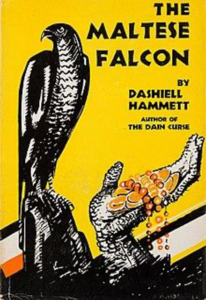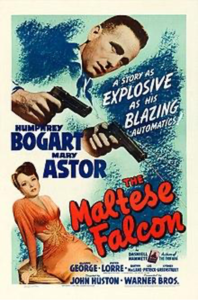Today is book and movie review day. And I’m happy to be recommending one of my favorites – a classic in noir film and fiction: The Maltese Falcon.
But before we jump into that, I want to pass along a noir story of a different kind: a very brief outline of what’s happened to the global economy over the past 100+ years, courtesy of my colleague and partner, Bill Bonner.
As anyone who’s taken World Economics 101 knows, the Industrial Revolution spurred the greatest economic growth in the history of the world. Led by the US, much of Europe, Canada, and Japan experienced a steady explosion of growth in wealth, productivity, and consumption.
In 1979, China entered the game when then Chairman Deng Xiaoping declared that becoming rich is a “glorious” pursuit, and not just allowed but encouraged free markets in many sectors of the Chinese economy.
Ten years later, the Soviet Union followed, abandoning, as BB says, both Communism and its empire.
Then in 1993, the European Union was created – “a free-trade zone big enough to rival the United States.”
But in the last 10 to 15 years, BB points out, this trend seems to have reversed:
All over the world, people grow old… and want protection from life’s risks and challenges. Even in Europe, the Italians want protection… from the French.
“The Italians in Italy. The French in France,” say the Italians, protesting the sale of Parmigiano Reggiano to French investors.
“Brexit Now!” demand the English.”
To be continued…
 MarkFord
MarkFord

